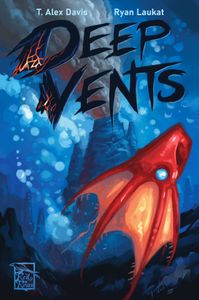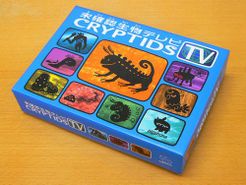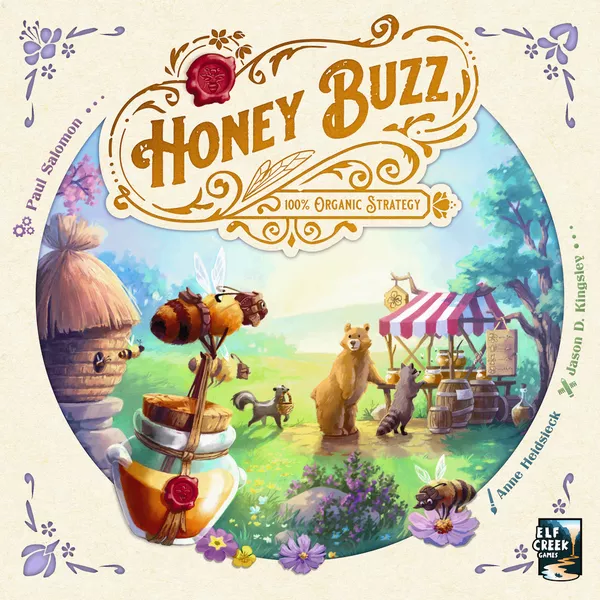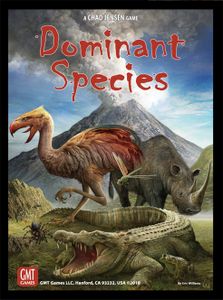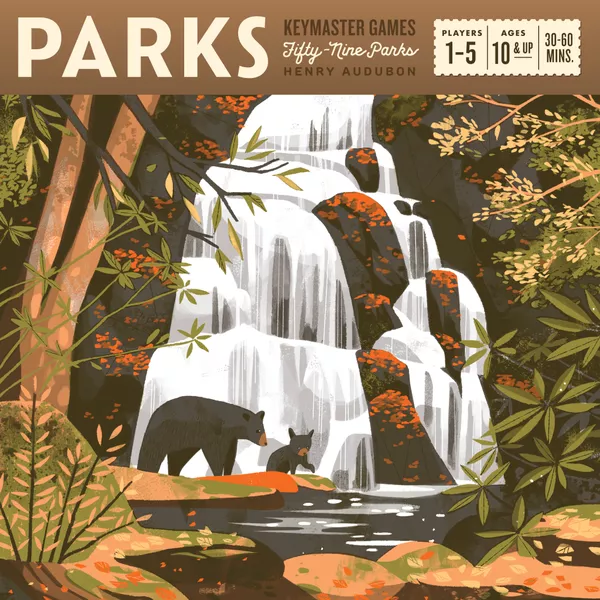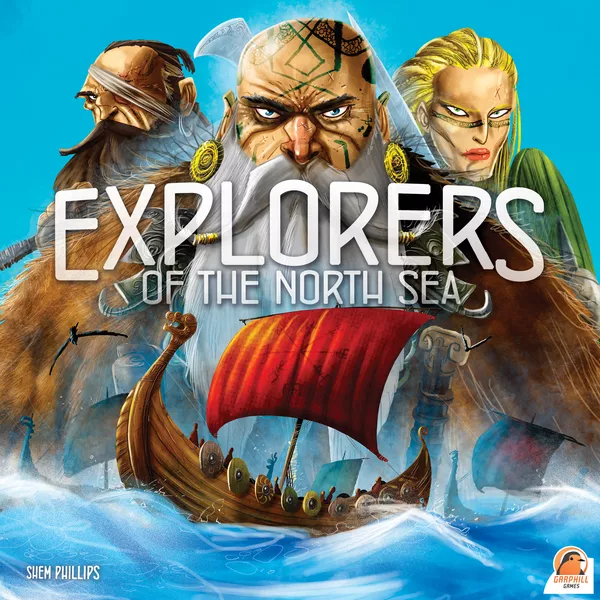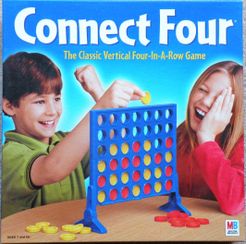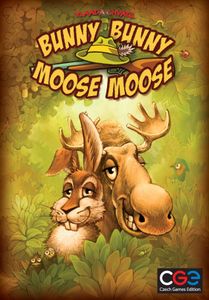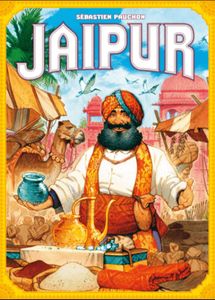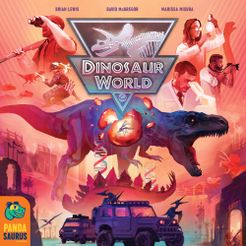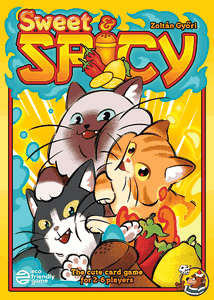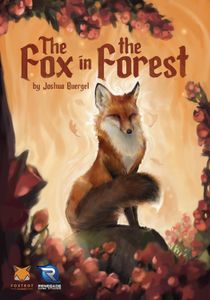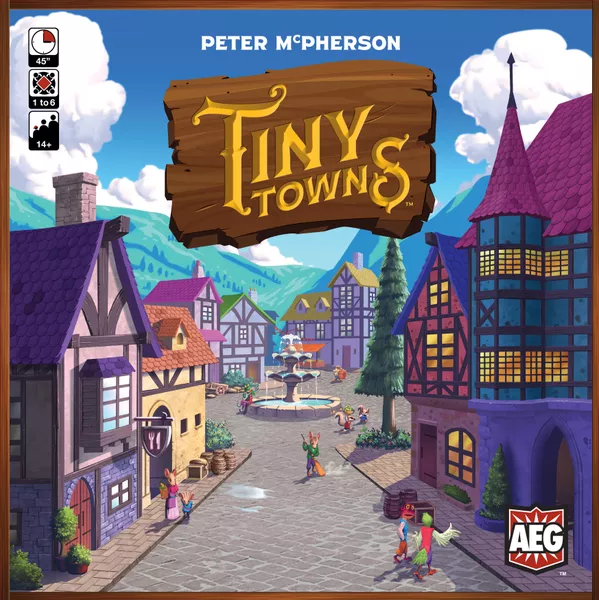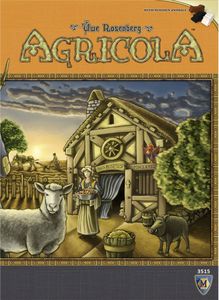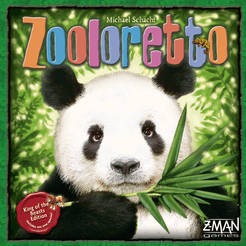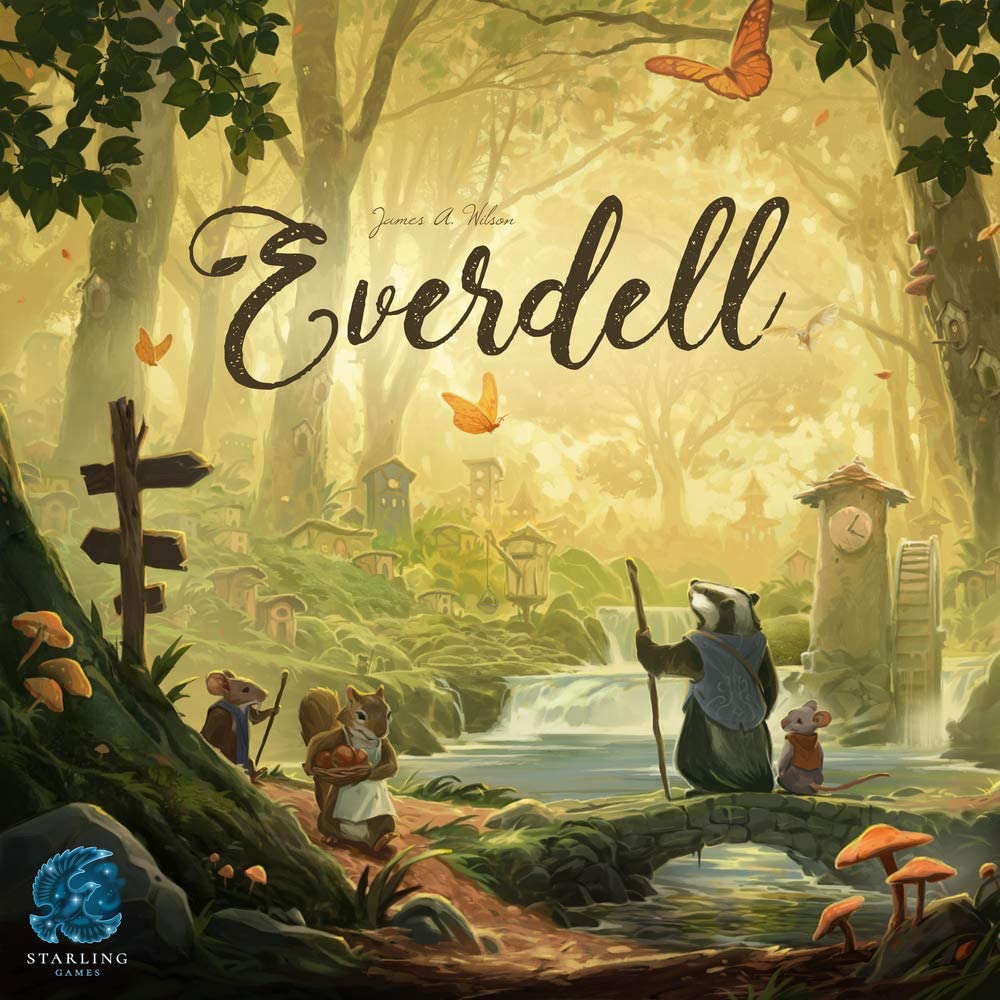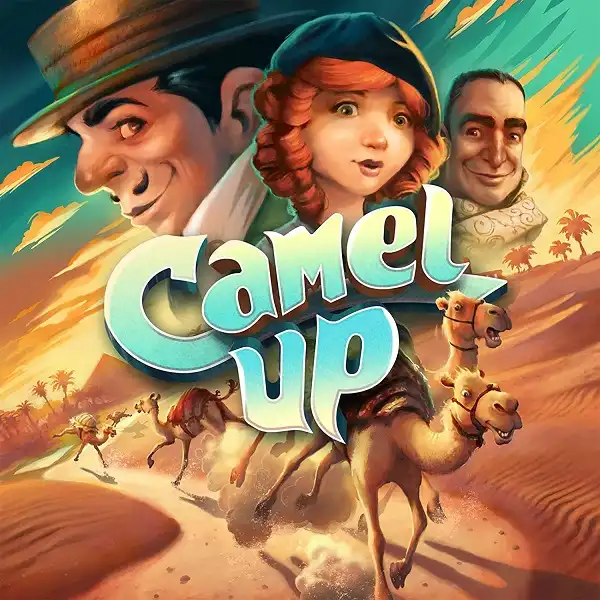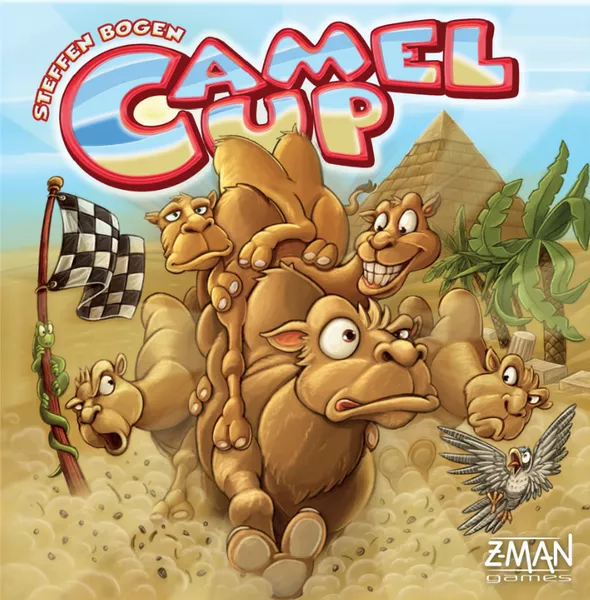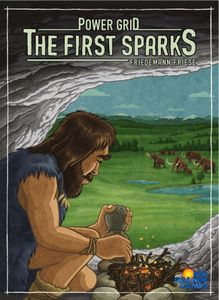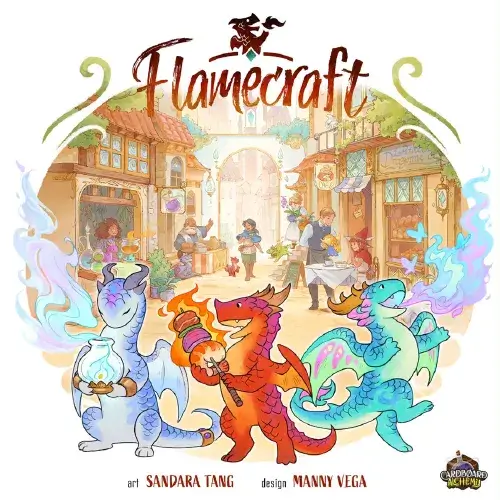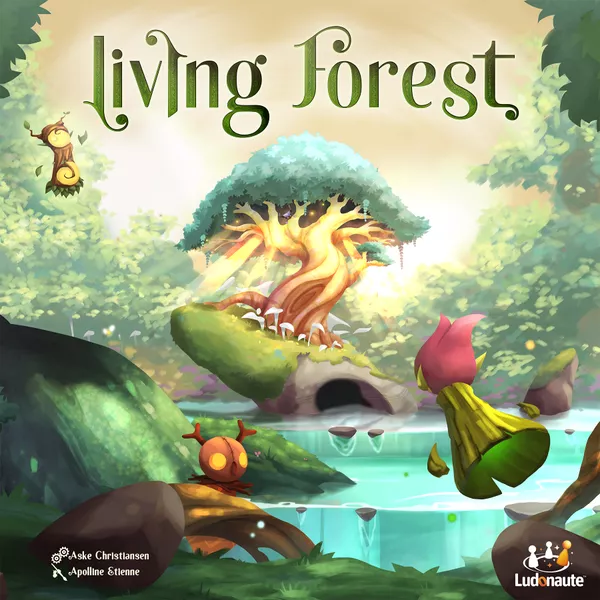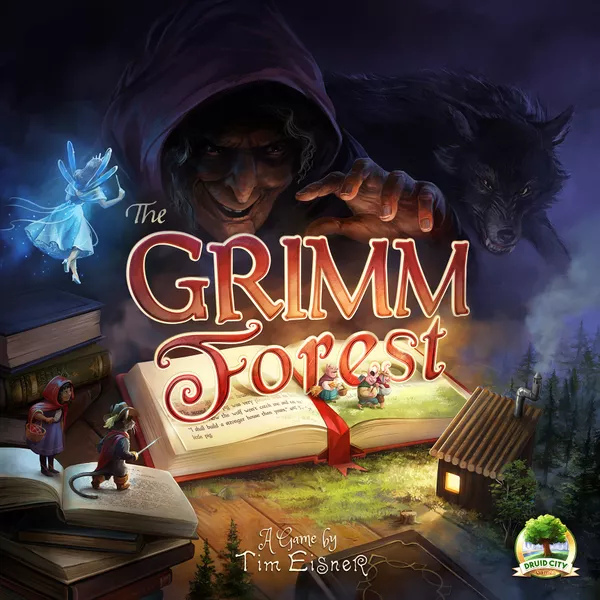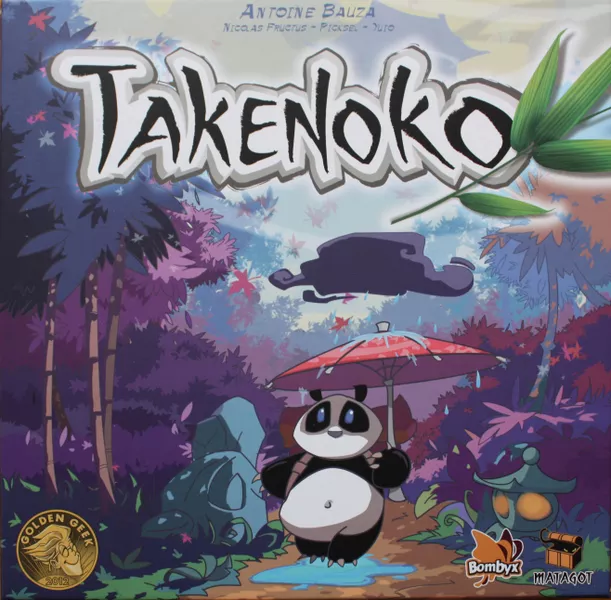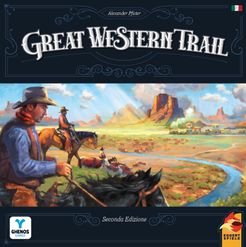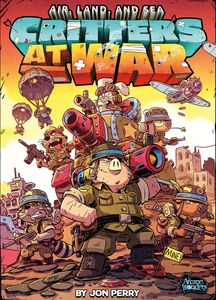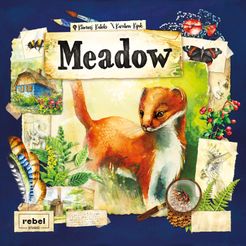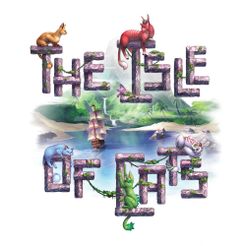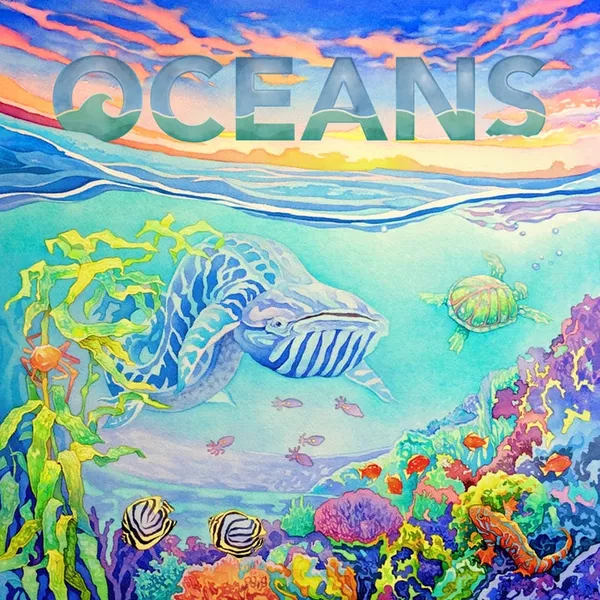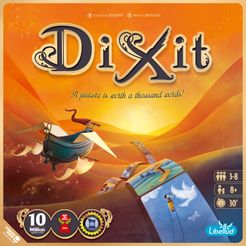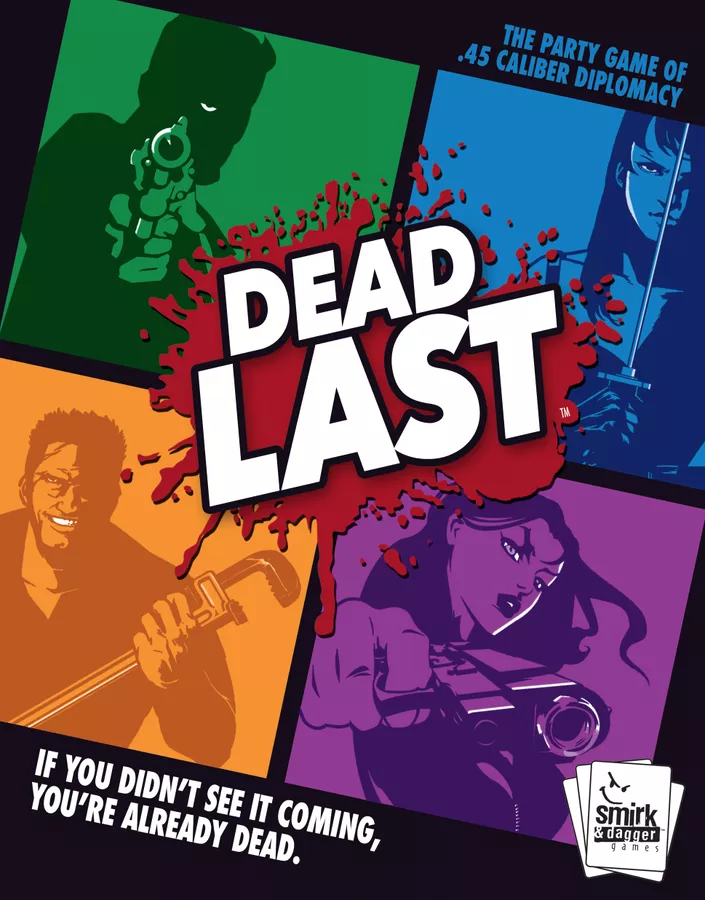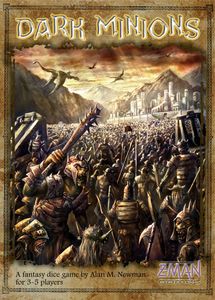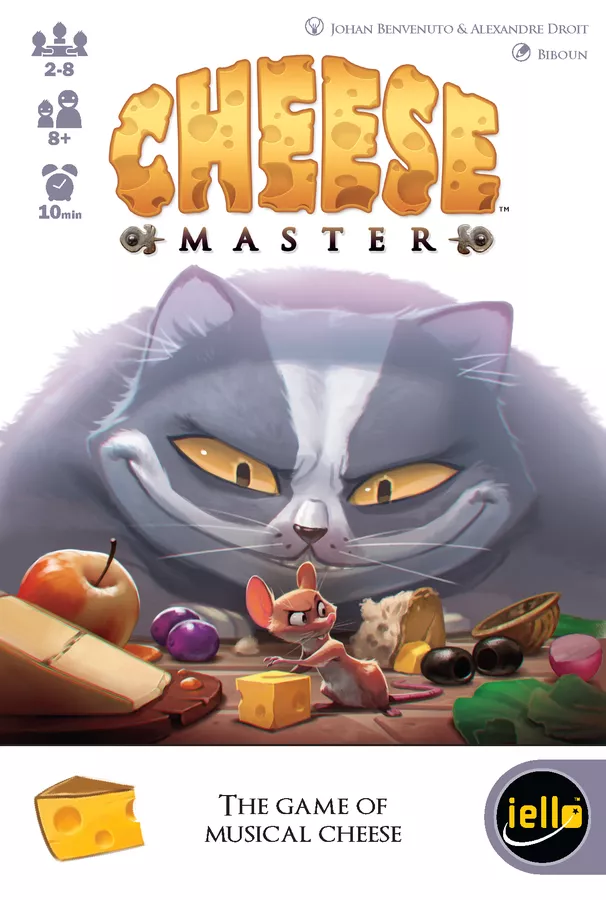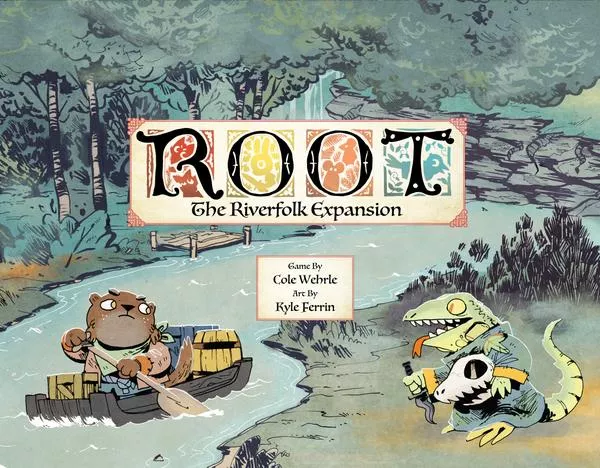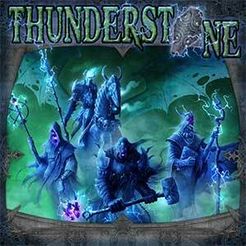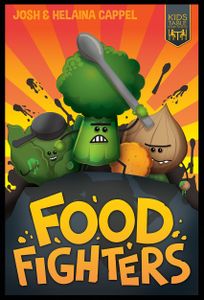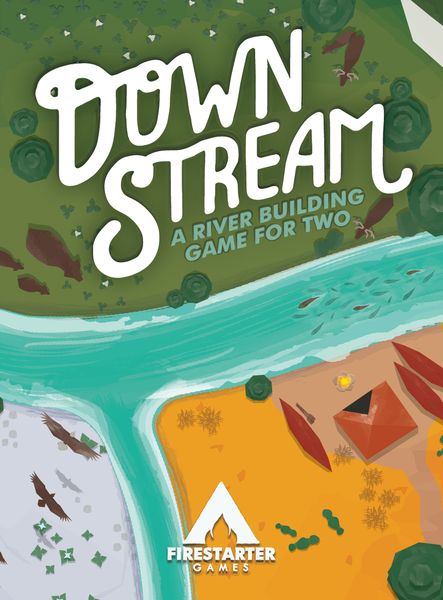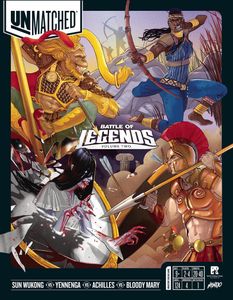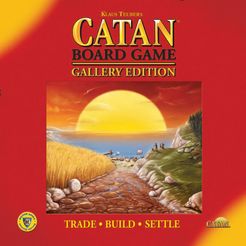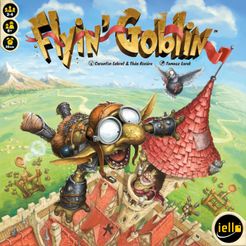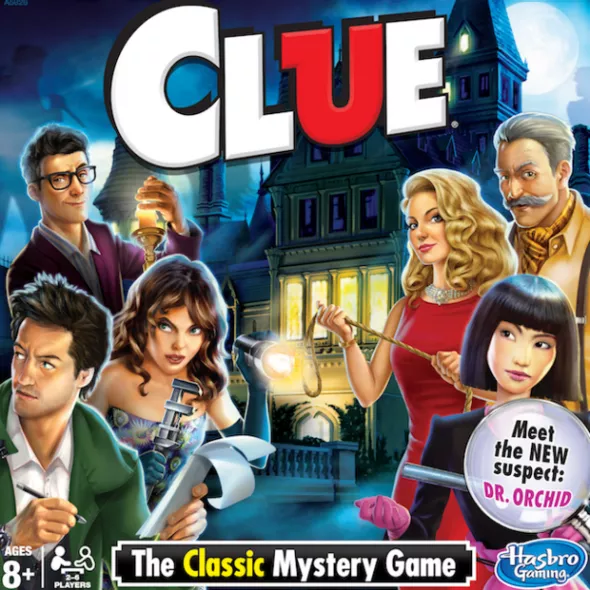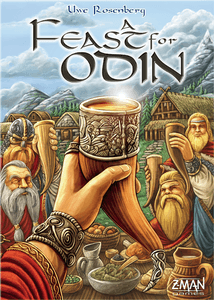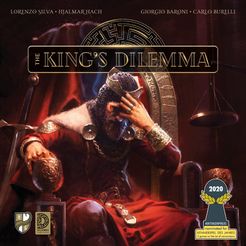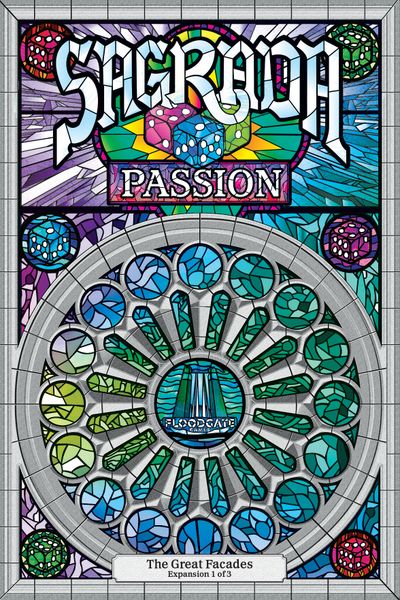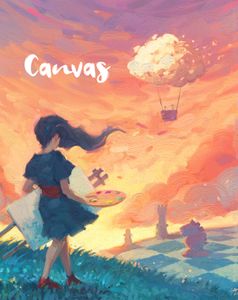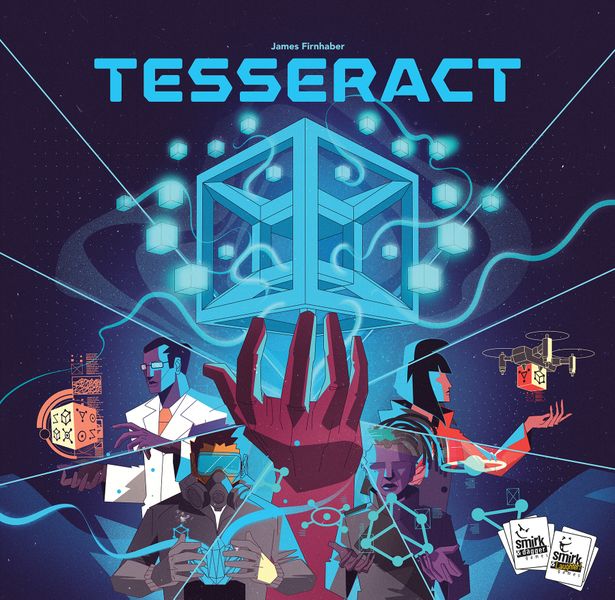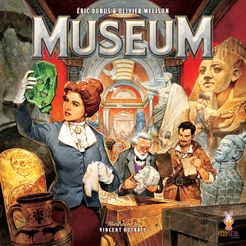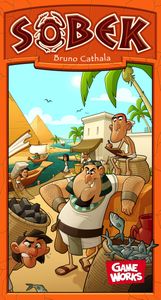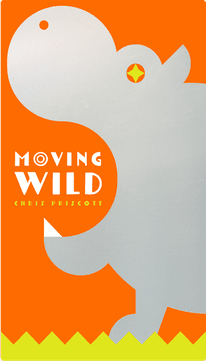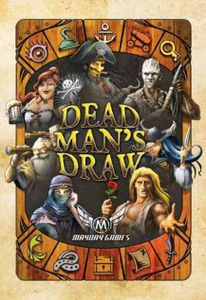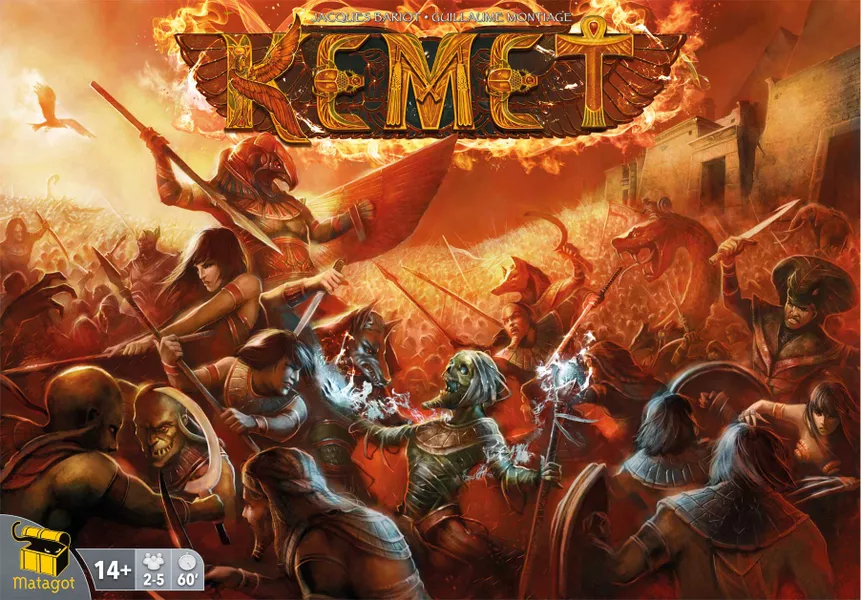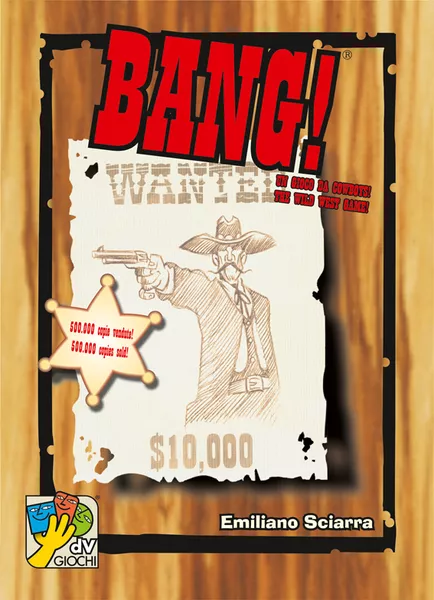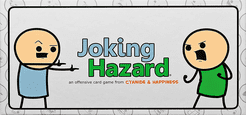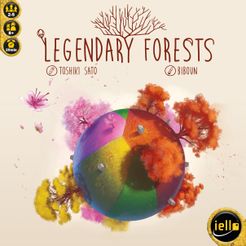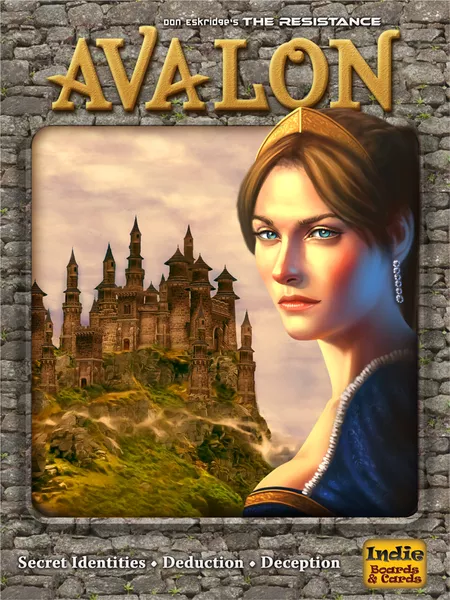Deep Vents (2020)
Attack opponents as you fuel a hydrothermal ecosystem and attempt to hoard archaea.
Designer: T. Alex Davis, Ryan Laukat
Artist: Ryan Laukat
Publisher: Red Raven Games, dV Giochi, Lotus Frog Games, Schwerkraft-Verlag
- Overview
- How to Play
- Videos
- Play Now
- Ratings & Comments
Along cracks in the ocean floor, plumes of black and white superheated water pump relentlessly into the depths. They provide precious heat to the near freezing abyssal waters of the deep as well as a bounty of minerals. Microscopic archaea and other extremophiles live off the heat and minerals to form the base of a unique food chain that hosts a variety of exotic deep sea creatures.
In Deep Vents, players each control their own hydrothermal ecosystem to which they add new life and geological features each turn, competing to survive in the unforgiving depths by being efficient and preying on nearby systems with a host of strange and deadly predators.
Start each turn by drafting a tile from the five on display — placing one archaeon, the currency of the game — on each tile you skip. Place this tile adjacent to each other tile in your ecosystem, then either grow or trigger each tile in your ecosystem, moving through them from top to bottom, left to right, and growing or triggering them individually as you like. When you grow a tile, you place archaea on it, whether a set amount or a varying number depending on other tiles in your ecosystem; when you trigger a tile, you remove archaea from it to carry out its unique effect: attacking opponents, gaining shells to defend against attacks, moving archaea to your personal supply, and decimating tiles, which leaves them as nothing but a heat source for the remainder of the game.
If you ever need to discard archaea due to an attack and cannot do so, you must take a shortfall token and ten archaea, then discard archaea as needed. On your turn, you can pay ten archaea to remove a shortfall token — which you want to do because as long as you have one, you can draft only the first tile on display. If you end your turn with two shortfall tokens, you're out of the game.
The game ends if only one player remains in play (with that player winning) or after eight rounds, with players scoring points for archaea and shells in reserve and archaea on tiles. In this case, whoever has the highest score wins.
—description from the publisher
Videos
Where to Buy Deep Vents (2020)
*We could earn commissions when you purchase through these links.

Classification
Categories
Mechanism
- Hexagon Grid
- Increase Value of Unchosen Resources
- Pattern Building
- Player Elimination
- Take That
- Tile Placement
- Victory Points as a Resource



